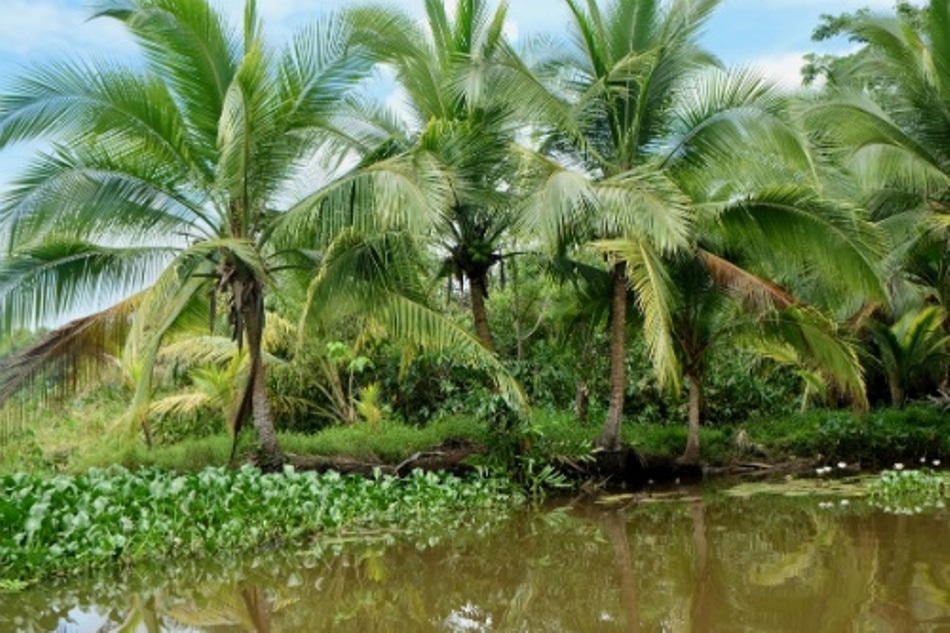Jul 31 2018
Researchers at the University of Bristol have conducted an innovative that warns that failure to mitigate prevalent levels of carbon dioxide (CO2) emissions would result in Western Europe and New Zealand reverting to the hot tropical climate of the early Paleogene period—56 to 48 million years ago.
 Typical vegetation from the Paleogene period. (Image credit: University of Bristol)
Typical vegetation from the Paleogene period. (Image credit: University of Bristol)
As observed from the heat wave under way, the ripple effects of such extreme warmth include forest fires and arid land, and also negative effects on infrastructure and health.
Climate change researchers are highly interested in the early Paleogene period since CO2 levels (around 1000 ppmv) are analogous to those predicted for the end of this century.
The study was headed by Dr. David Naafs from the University of Bristol’s School of Earth Sciences, and published in the Nature Geoscience journal on July 30, 2018.
We know that the early Paleogene was characterised by a greenhouse climate with elevated carbon dioxide levels.
Most of the existing estimates of temperatures from this period are from the ocean, not the land - what this study attempts to answer is exactly how warm it got on land during this period.
Dr. David Naafs
Researchers provide estimates of land temperature 50 million years ago by using molecular fossils of microorganisms in ancient peat (lignite).
This showed that in Western Europe and New Zealand, annual land temperatures were really higher than considered previously - from 23 to 29 °C - at present, this is 10–15 °C higher than existing average temperatures in these regions.
These outcomes indicate that temperatures analogous to those of the existing heat wave influencing Western Europe and other areas would turn out to be the new norm by the end of this century with elevating levels of CO2 in the atmosphere.
Our work adds to the evidence for a very hot climate under potential end-of-century carbon dioxide levels.
Importantly, we also study how the Earth system responded to that warmth. For example, this and other hot time periods were associated with evidence for arid conditions and extreme rainfall events.
Professor Rich Pancost, Co-author and Director of the University of Bristol Cabot Institute
In the future, the research group will divert their attention to geographical regions in lower latitudes to know how hot land temperatures were there.
Dr Naafs stated, “Did the tropics, for example, become ecological dead zones because temperatures in excess of 40 °C were too high for most form of life to survive?”
“Some climate models suggest this, but we currently lack critical data.”
“Our results hint at the possibility that the tropics, like the mid-latitudes, were hotter than present, but more work is needed to quantify temperatures from these regions.”